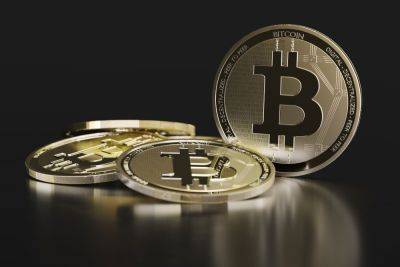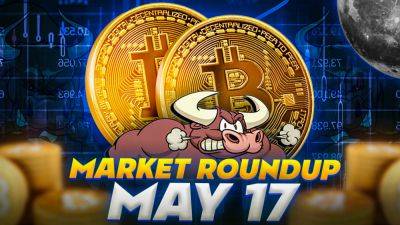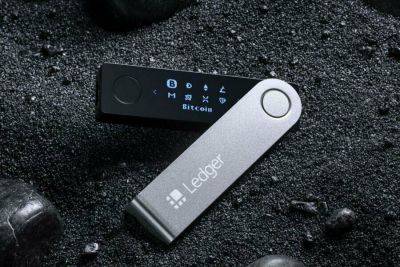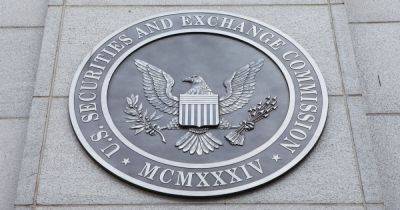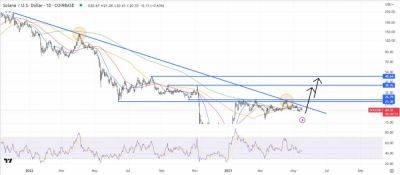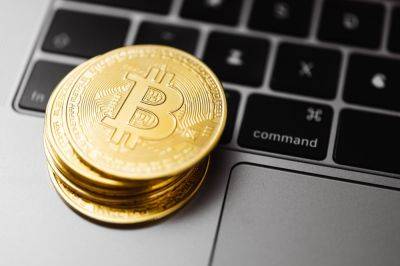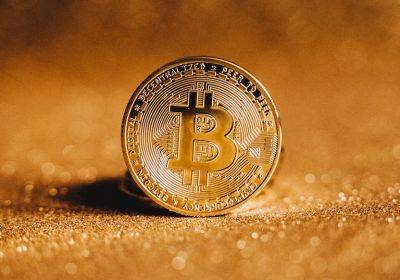Bitcoin Network in Flux as BRC-20 Craze Sends Transaction Fees Towards Multi-Year Highs – What Next for BTC Price?
The Bitcoin network is in flux amid a surge in the popularity of BRC-20 tokens, a new Bitcoin blockchain-based fungible token standard inspired by the Ethereum blockchain’s ecosystem of ERC-20 tokens.
The BRC-20 standard, which was developed and deployed by a pseudonymous Twitter user by the name of Domo only just over one month ago, uses the Bitcoin-based Ordinals protocol and inscriptions to manage token contracts, token minting and token transfers.
The Ordinals protocol, launched late last year, is an innovative numbering system for every Satoshi in existence (each BTC has 21 million Satoshis), while an “inscription” is when a layer of data is added on top of a Satoshi.
Despite being only one month old, the BRC-20 is already dominating the Bitcoin blockchain.
According to a dashboard created by Dune to monitor the new standard and its growth, BRC-20 tokens accounted for over 60% of all transaction activity on the Bitcoin blockchain on Tuesday, whilst paying 42.8% of all fees.
And the surge in BRC-20-related activity has gone hand-in-hand with a surge in overall Bitcoin transactions and an exponential surge in Bitcoin transaction fees.
According to Glassnode data, daily Bitcoin network transactions hit a record high on Monday of over 543,000.
The BTC-denominated mean transaction fee, meanwhile, approached a three-year high and, on Monday, was just over 0.0011 BTC.
That’s over $30, just for one Bitcoin transaction.
The surge in interest in BRC-20 tokens and the associated spike in network transaction fees is not coming without a cost.
While daily transaction numbers are up, other metrics of network activity are taking a hit.
The number of active addresses interacting with the network on a daily basis recently neared a two-year
Read more on cryptonews.com



